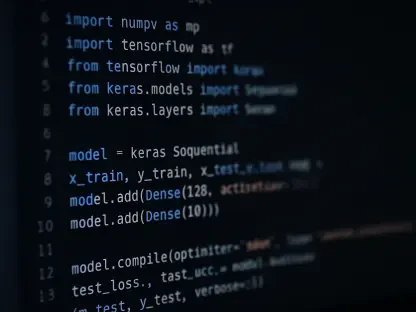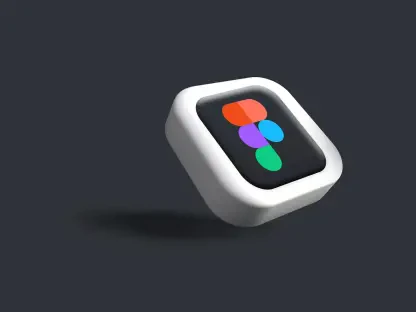Welcome to an insightful conversation with Anand Naidu, our resident development expert with extensive proficiency in both frontend and backend technologies. Anand brings a wealth of knowledge about various coding languages, with a particular focus today on the latest release of Go, version 1.25. In this interview, we dive into the exciting updates introduced in this version, exploring performance enhancements like the experimental garbage collector, critical bug fixes in the compiler, innovative tools for testing concurrent code, and significant updates to the standard library. Join us as we uncover how these changes impact developers and what they mean for the future of programming in Go.
Can you give us a broad overview of what’s exciting in Go 1.25 and the key areas it focuses on?
Absolutely, Go 1.25 is a really interesting release with several impactful updates. It focuses on performance improvements, bug fixes, and better tools for developers. Some of the highlights include an experimental garbage collector that promises to significantly reduce overhead, a critical fix for a compiler bug related to nil pointer checks, and a new testing package for concurrent code. Additionally, there are enhancements to the standard library and tools like an experimental JSON implementation. It builds on the momentum of Go 1.24 by refining existing features and introducing new experimental capabilities.
What can you tell us about the experimental garbage collector in Go 1.25 and why it’s generating so much buzz?
The new garbage collector in Go 1.25 is a big deal because it’s designed to improve performance, especially for programs that rely heavily on garbage collection. It enhances the marking and scanning of small objects through better locality and CPU scalability, which can reduce garbage collection overhead by 10% to 40% in real-world applications. Developers can enable it by setting an environment variable at build time, though since it’s experimental, there might be some risks or instability in certain scenarios. It’s particularly beneficial for applications with heavy memory allocation patterns.
There’s also a notable fix for a compiler bug in this release. Can you walk us through what the issue was and how it’s been addressed?
Sure, the bug fix in Go 1.25 addresses an issue from Go 1.21 where nil pointer checks were incorrectly delayed. In earlier versions, some programs could run without errors even when they should have panicked due to a nil pointer dereference. Now, with this fix, such programs will correctly panic, ensuring that errors are caught as expected. This is crucial for developers because it prevents subtle bugs from slipping through and makes code behavior more predictable and safer.
I’m curious about the new testing package for concurrent code in Go 1.25. How does it help developers tackle the challenges of testing in a concurrent environment?
The new testing/synctest package in Go 1.25 is a fantastic tool for handling the complexities of concurrent code. It runs tests in an isolated “bubble” where time is virtualized, meaning the clock moves forward instantly if all goroutines are blocked. This helps simulate and control timing issues. There’s also a Wait function that pauses until all goroutines in the bubble are blocked, making it easier to test synchronization. This package was initially introduced experimentally in Go 1.24, but now it’s generally available with a refined API, which is a great step forward for testing reliability.
Go 1.25 brings some updates to the standard library, particularly around JSON handling. What’s new in this area and how does it differ from previous implementations?
One of the standout updates in the standard library is the experimental JSON implementation in Go 1.25. It introduces the encoding/json/v2 package, which is a major revision of the original JSON package, offering improved functionality and performance. There’s also a new encoding/json/jsontext package for lower-level processing of JSON syntax. These updates provide developers with more flexibility and efficiency when working with JSON data, though being experimental, they’re still under active development and testing.
Looking ahead, what’s your forecast for the evolution of Go with these new features and experimental tools in releases like 1.25?
I think Go is on a very promising trajectory. With features like the experimental garbage collector and JSON packages in 1.25, we’re seeing a strong push towards better performance and developer productivity. My forecast is that as these experimental features mature and become stable in future releases, Go will continue to solidify its position as a go-to language for building scalable, high-performance applications. I also expect more focus on concurrency and testing tools, given the complexity of modern software. It’s an exciting time for Go developers as the language keeps evolving to meet real-world needs.









